Acing Volunteer Tree Maintenance
A Companion Blog To The Internet of Nature Podcast Season 5, Episode 8
June 9, 2023 | Alec Sabatini
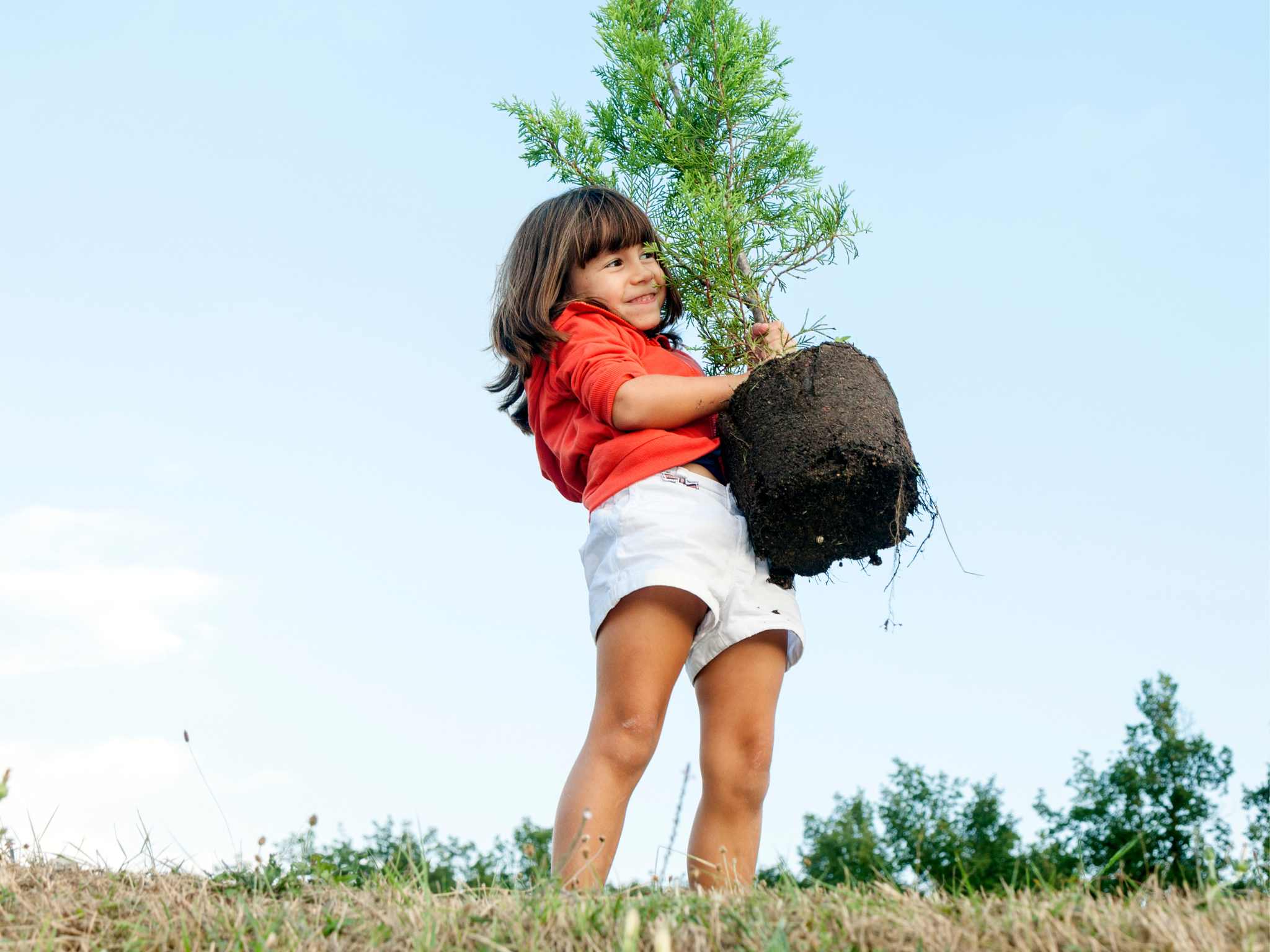
Urban trees face a gauntlet of threats.
Soil compaction, pests, heat, pollution, and vandalism are all part of the reason the half-life of urban trees is estimated at 13-20 years.
Making sure new trees are well maintained through their formative first 3-5 years is essential for setting them up for a long, healthy life. In this episode of the Internet of Nature Podcast Dr. Nadina Galle spoke with Tom Ebeling, of the nonprofit Openlands, on how their TreePlanters Grant Program helps volunteer tree plantings thrive.
Openlands Volunteer Tree Maintenance Model
Openlands’ TreePlanters Grants Program launched in 2013 and has taken off around the Chicago area. The program awards trees to a person, group, or organization that has identified at least 10 tree sites in their neighborhood and residents willing to take responsibility for them. The grantees provide the people and the places to plant, while Openlands provides all other essentials (supplies, expertise, and quality control). Openlands also handles things like liability coverage, permits, and other red tape so residents can focus on planting and caring for trees.
Before a tree goes in the ground, one of the local residents must agree to take responsibility for its maintenance for three years. They provide their name, phone number, and sign an agreement outlining the maintenance the tree will need during its establishment. It’s not a legally binding contract but it helps lock in personal commitments. The contact information also helps Openlands keep an open line of communication with volunteers so they can troubleshoot as needed.
The program has planted 8,500 trees to date and boasts an 80% survival rate at year three. Tom distilled some of the lessons he’s learned in running this successful program.
The program has planted 8,500 trees to date and boasts an 80% survival rate at year three.
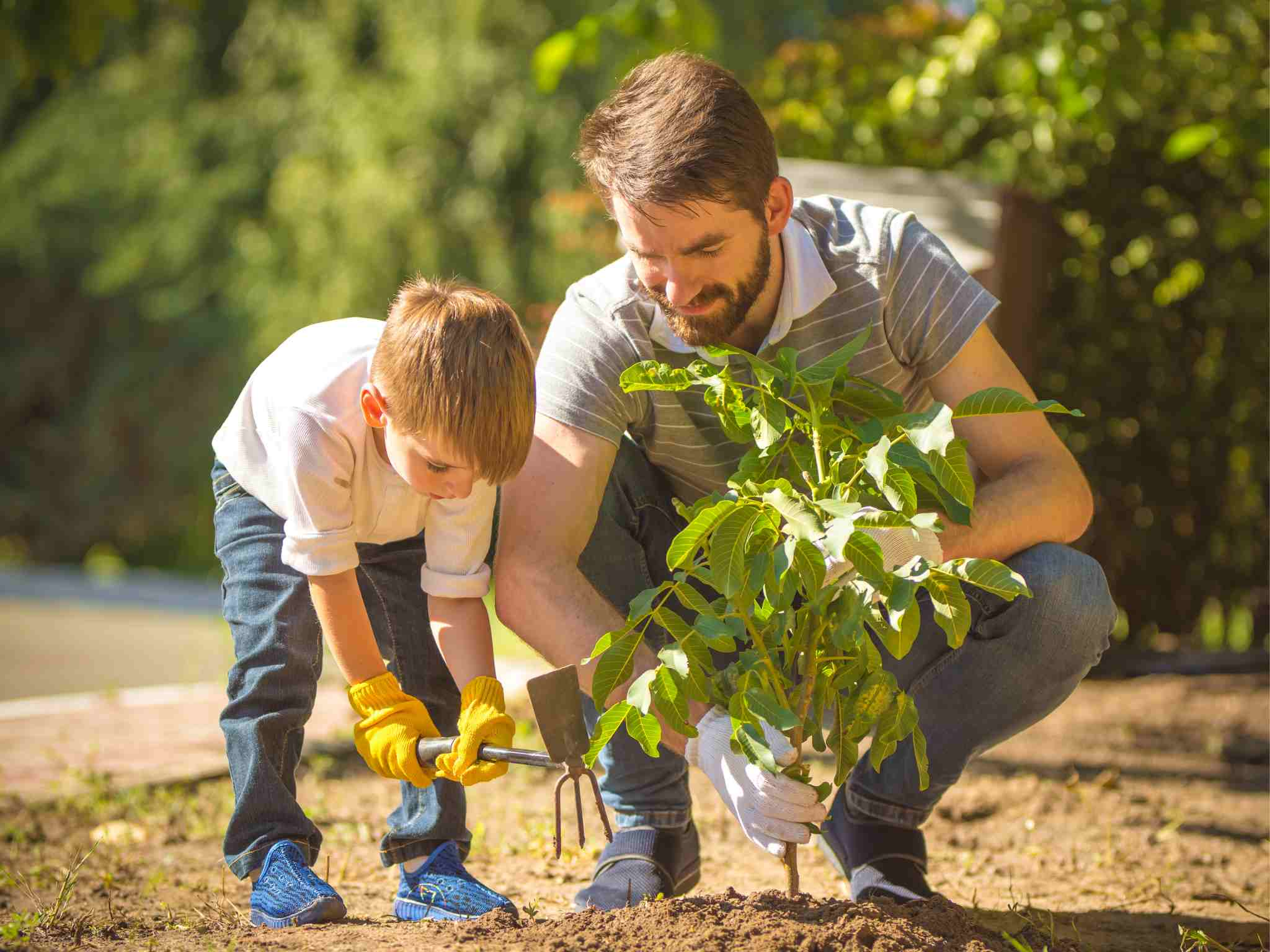
Clearing Up the Confusion of Ownership
Ambiguous responsibility has killed many urban trees. Volunteer planted trees can sometimes land in gray areas of ownership between residents, nonprofits and their volunteers, and the local government. Openlands’ signed volunteer tree maintenance agreement dispels any ambiguity. Their volunteers know exactly what is expected of them. Openlands also uses the volunteer contact information to send seasonal maintenance emails, such as reminders to water or re-mulch.
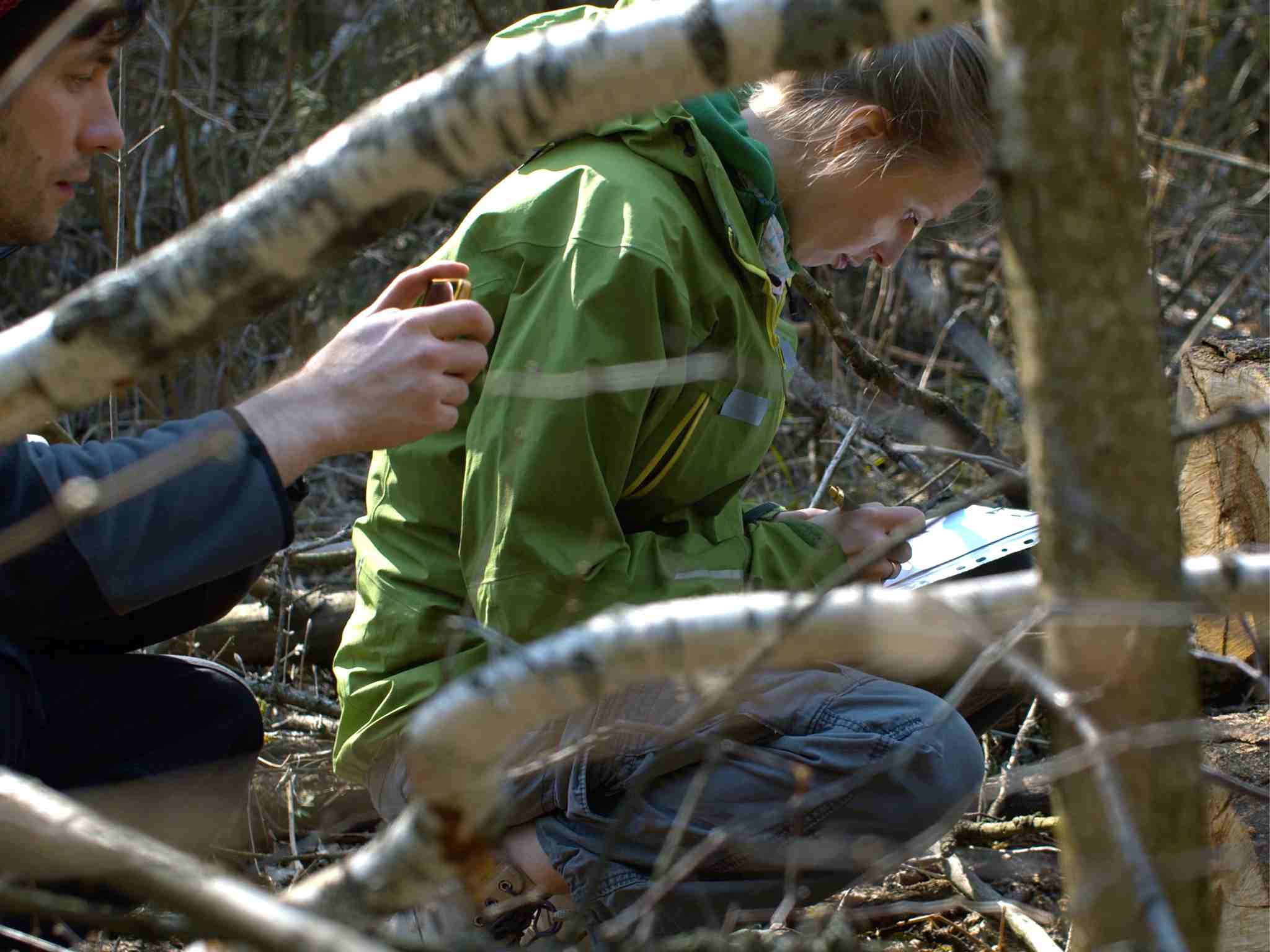
The Power of Presence
A sign, flier, or QR code doesn’t have the same impact as a real, live human showing up onsite. Openlands personnel get out on a weekly basis to check on new tree plantings. Tom has seen firsthand how repeated exposure inevitably builds a connection with a community. That relationship yields valuable information, like concerns about the trees or evolving needs of the park.

Not Every Treeless Space Is Lacking
Tree sites must be picked with care. The onus is on the planter to make sure they are not disregarding some other important use of the space. This is where having a community relationship comes in. This is something Tom deeply admires in the work of Dr. Christine Carmicheal, who conducted research on why roughly 25% of Detroit residents declined the offer for new trees planted in front of their homes.
Through interviews with residents, she found many felt the decision to cut down trees or plant new ones would be made by others, yet they would have to deal with the consequences. There were also heritage narratives of residents’ past experiences with trees. Sometimes the city took forever to remove dying trees and other times street trees were abruptly removed en masse. Having applications for TreePlanters Grants come directly from residents protects against putting trees where they are not wanted.
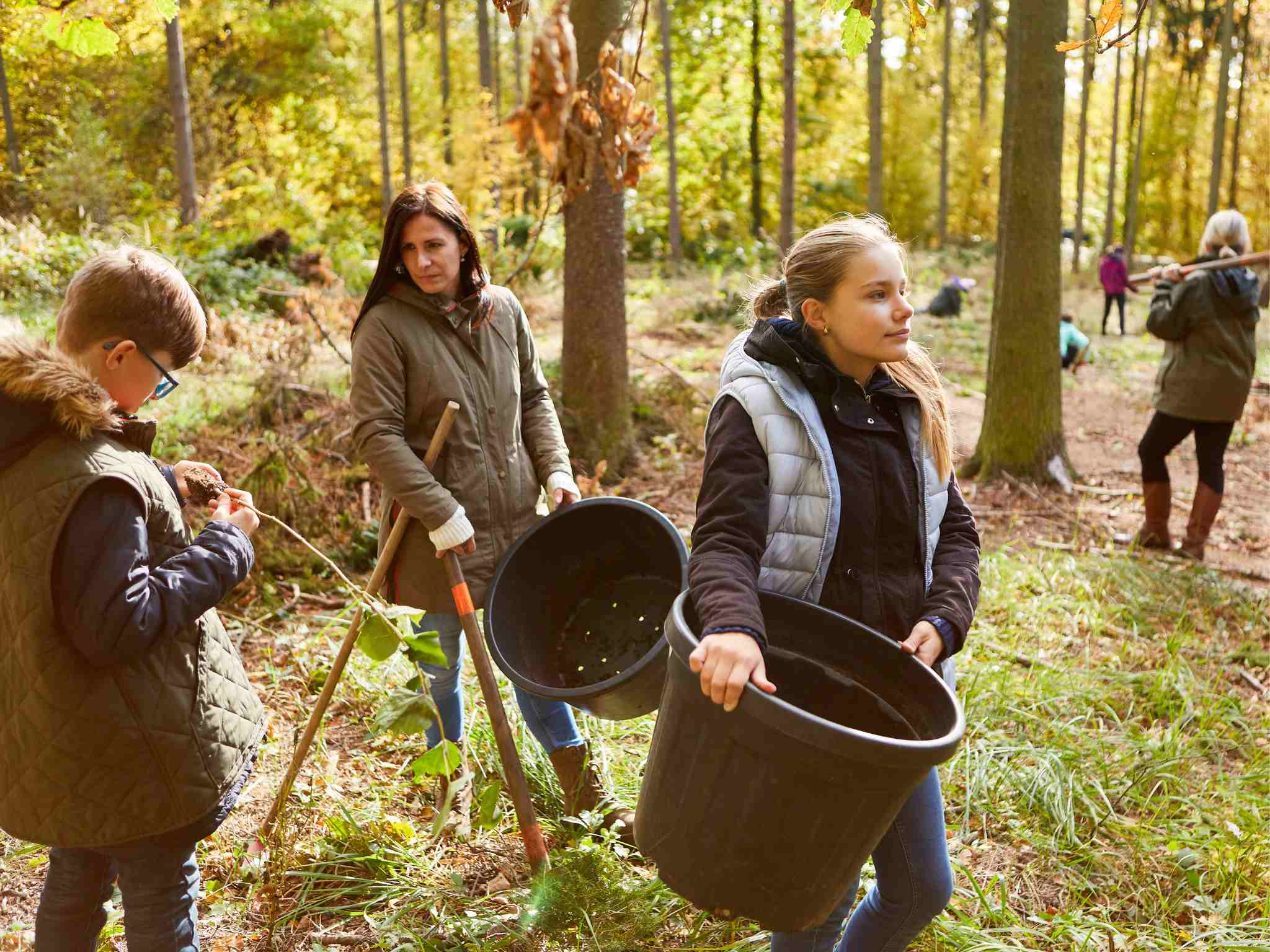
Speaking the Same Language
Openlands has used periodic tree canopy assessments from the Chicago Regional Trees Initiative to help identify where to focus tree planting efforts. The southwest area of Chicago jumped out as an area with disproportionately low canopy. In checking their records, Openlands also found this area had not applied for many TreePlanters Grants. The reason why quickly became clear.
The southwest area of Chicago is the largest Spanish-speaking community in the United States, and no one in the organization was asking if residents wanted trees in Spanish. So Openlands made that area their new priority. Now, they’ve developed bilingual resources, and are connecting with community members that can go around and talk to their neighbors about trees. Additionally, the TreePlanters Grant program has a staff member fluent in Spanish to continue to strengthen their relationships and start to get trees in a part of the city that could really use them.
People Are Why We Do It
One of the early instructors of the TreePlanters Grant program would say, “Trees are what we do, but people are why we do it.” That phrase is at the heart of all of the suggestions Tom shared. Keeping the focus on improving people’s lives, and on bringing folks together around a common goal has led to solid and communicative relationships. Those relationships are what has made Openlands’ volunteer tree maintenance so consistently effective.
Thanks for plugging into the Internet of Nature today. The next IoN topic of discussion: If Money Grows on Trees, Where is Urban Forestry Funding? To break it down Nadina was joined by Jad Daley of American Forests.
Related Resources
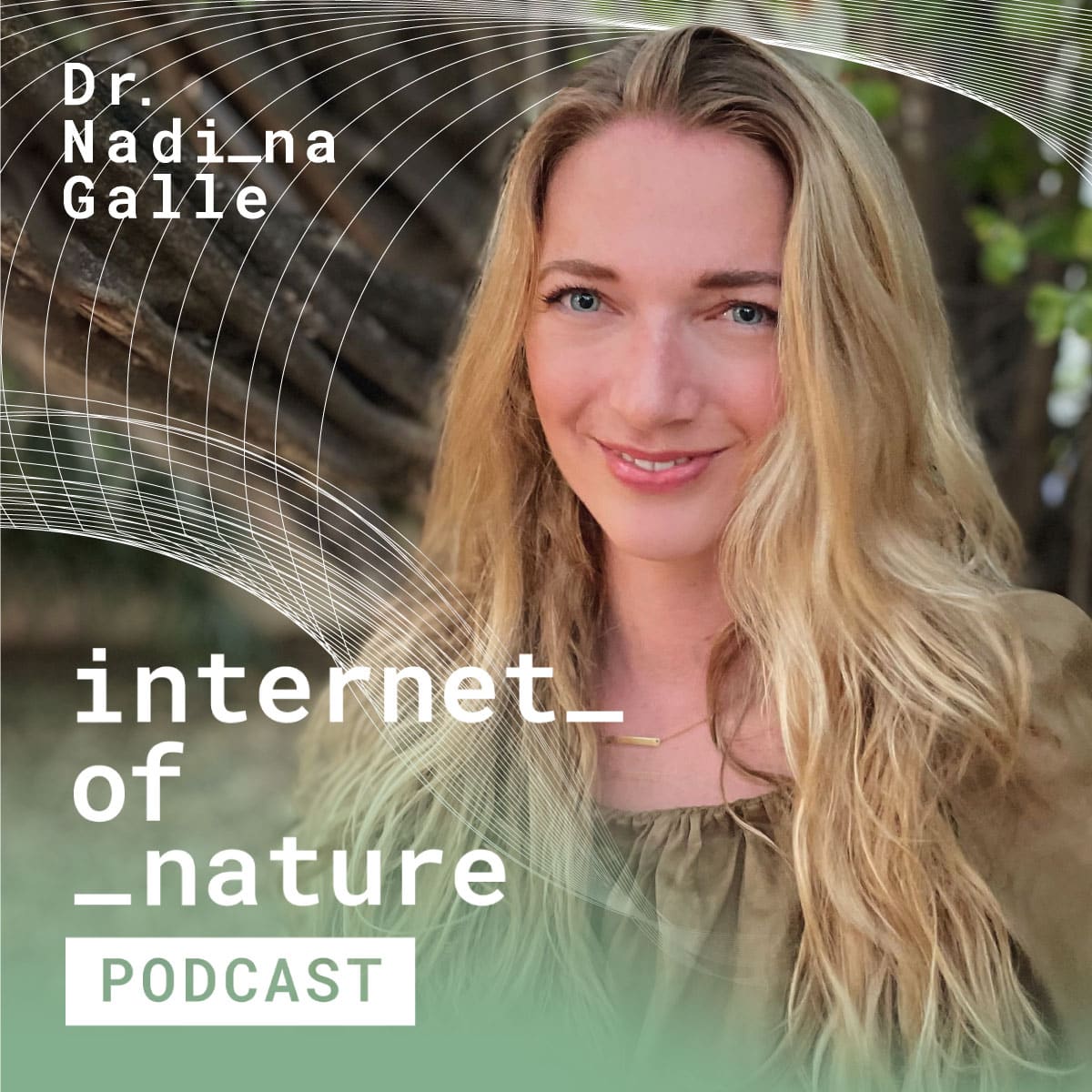
PlanIT Geo Partners with the Internet of Nature Podcast
The Internet of Nature Podcast, created and hosted by Dr. Nadina Galle, uses interviews with thought-leaders and innovators to answer the question: Can nature and technology — long viewed as opposing forces — work together to create liveable cities and improve public health?.
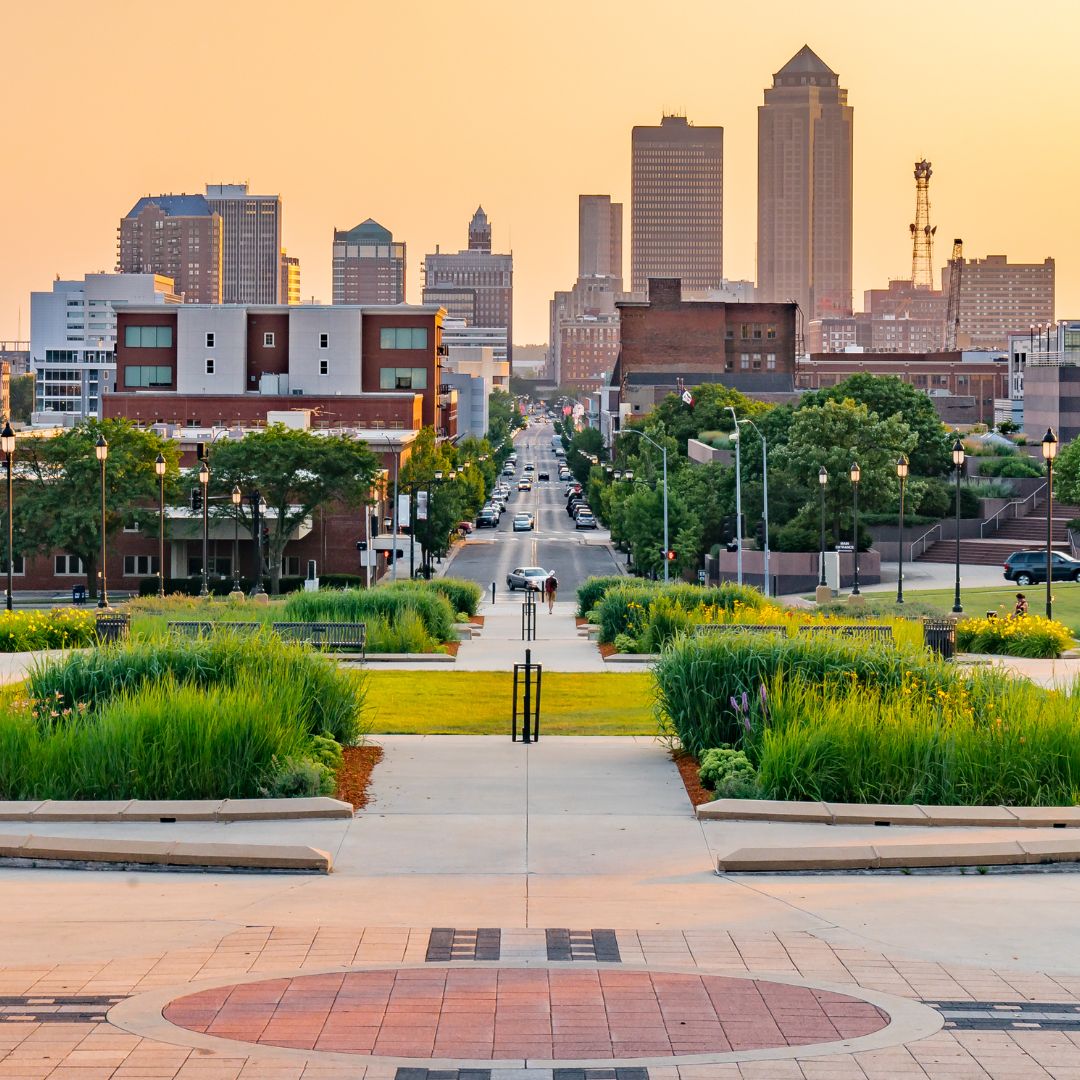
How to Set Effective, Evidence-Based Urban Tree Canopy Goals
Urban tree canopy goals must walk a careful line of ambition, inspiration, and practicality. To encourage well-informed canopy goals we have assembled this eBook of best practices to help communities find the right target for them.
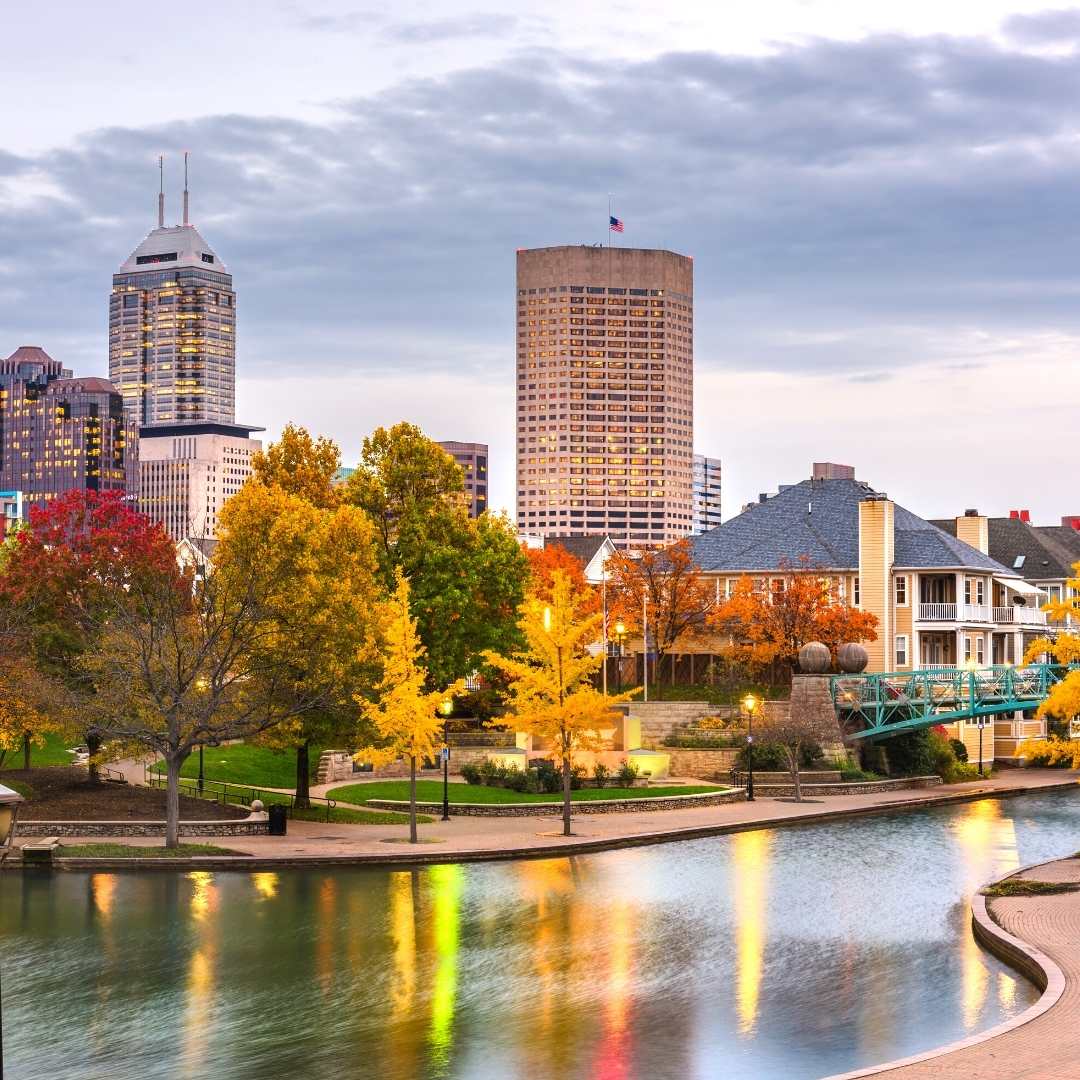
Urban Forestry Grant Resources
Looking for urban forestry funding? You’ve come to the right place. Scroll down to look through our continuously updated list of urban forest grant opportunities, organized by region and state.
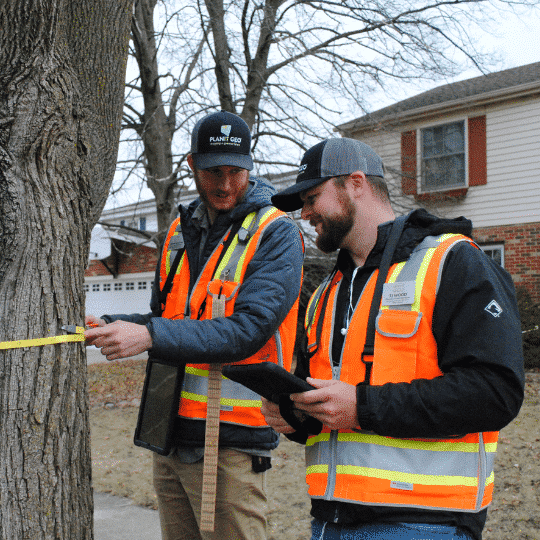
Tips for Planning An Urban Tree Inventory And Getting The Most Out Of It
Urban tree inventories are a way for forest managers to know exactly what they are working with and how to prioritize their maintenance efforts for maximum effect.The key to maintaining a sustainable and healthy urban forest is species and age diversity, proper tree maintenance, risk management, and community support. Urban tree inventories are useful for any public department, nonprofit, or company that manages a multitude of trees, including cities, counties, as well as corporate and university campuses.
Stay Up To Date With The Latest News and Events
Join Our Community
Stay informed on the urban forestry industry with our monthly TREEbune newsletter, live webinars, and industry-specific content delivered to your inbox.
Urban Forestry Webinars
PlanIT Geo has a substantial on-demand webinar library. Get CEU credits, grow your knowledge base, and stay current on cutting edge industry technology.
Follow Us
We love to share industry-related news, software tutorials, blogs, and company news across our social channels.
Stay Up To Date With The Latest News and Events
Join Our Newsletter
Stay informed on the urban forestry industry with our monthly TREEbune newsletter, live webinars, and industry-specific content delivered to your inbox.
Urban Forestry Webinars
PlanIT Geo has a substantial on-demand webinar library. Get CEU credits, grow your knowledge base, and stay current on cutting edge industry technology.
Follow Us
We love to share industry-related news, software tutorials, blogs, and company news across our social channels.
